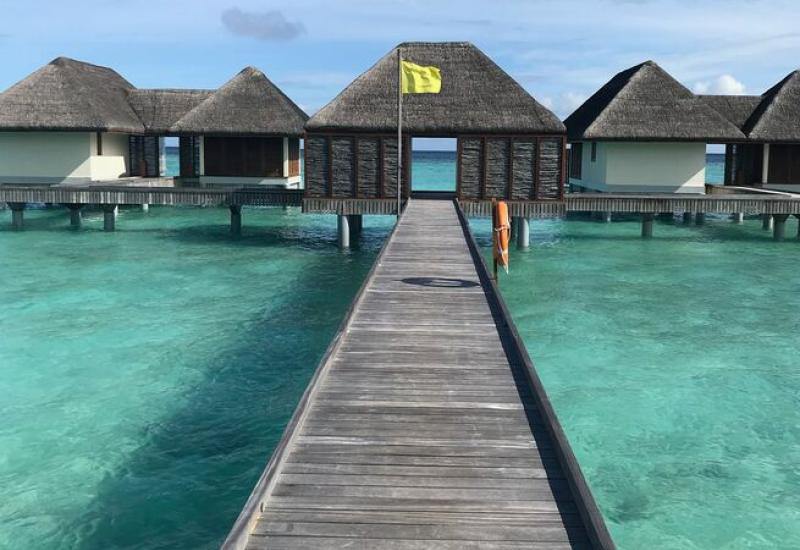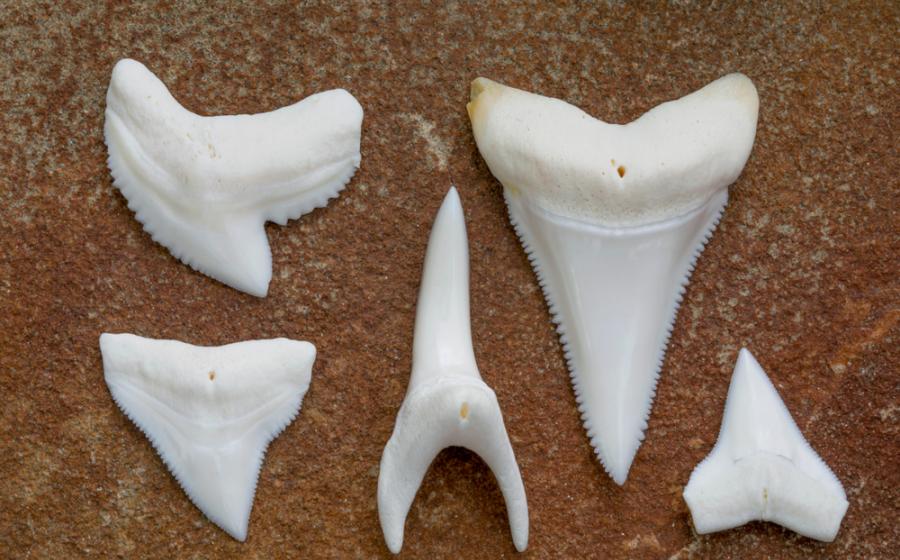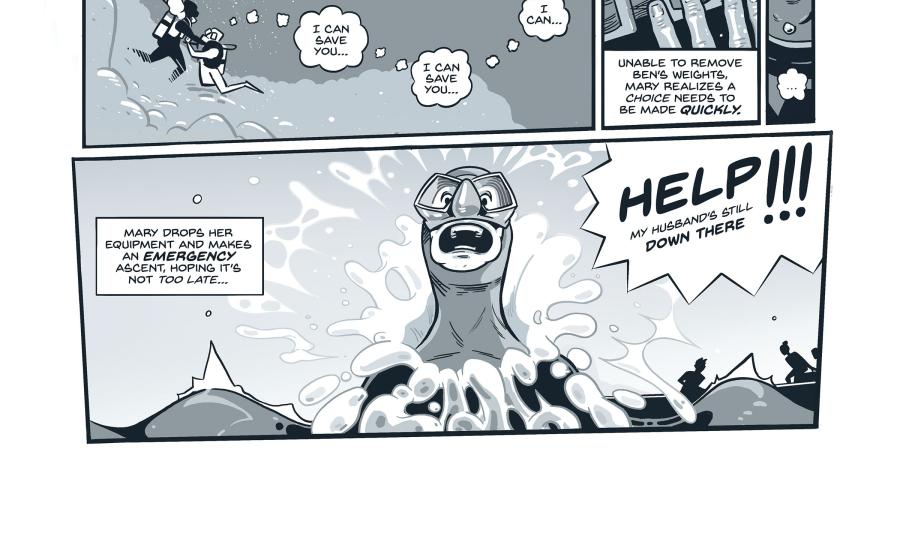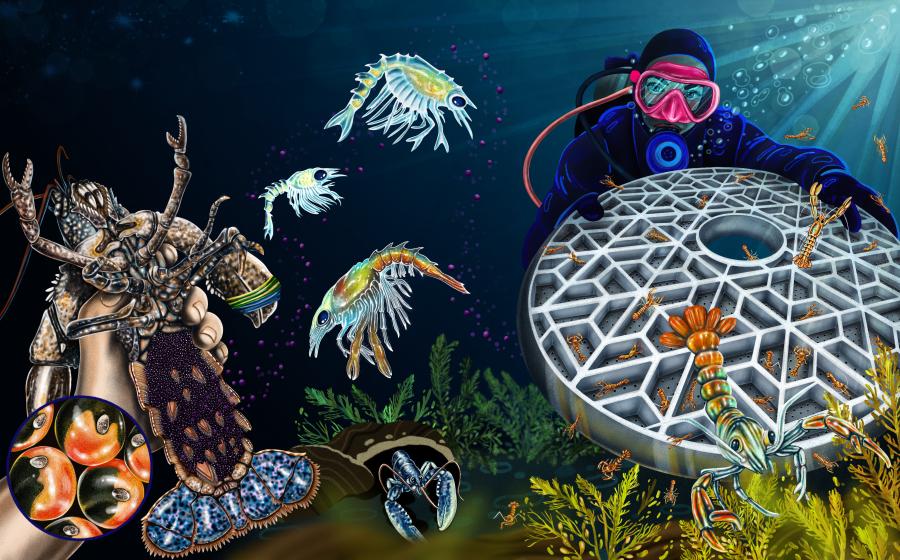The Road to Atlantis: Diving the Bahamas' Mysterious Bimini Road

Stephen Frink Collection/AlamyTwo divers explore the Bimini Road in the Bahamas.
It's my long-anticipated first drop on Bimini Road. The boat anchors, and my model and I are ready to go.
We drop over the side, and as the bubbles clear, I get my first look at the road. An extraordinary path of paving stones stretches seemingly endlessly in both directions. I’ve heard stories about the road, but they seemed like tall tales. Atlantis? Here? Off Bimini? We spend more than an hour on the site, with my buddy freediving along the length of the road while I try to capture images illustrating the shape and size of it.
On the way back to the dock, I head up to the bridge with Bill Keefe, longtime owner of Bimini Undersea Adventures, and ask him what he thinks of the road’s origin.
“Honestly, I really don’t know,” he says. “One part of me wants to believe it is a piece of Atlantis, but my more practical side wants to think it is just beach rock. I really just don’t know.”
In 1938, noted psychic and seer Edgar Cayce predicted that evidence of Atlantis would be discovered in the Bahamas, off the island of Bimini, in 1968 or ’69. Sure enough, in 1968, it’s believed that the pilot of a low-flying small plane sighted Bimini Road off the west coast of North Bimini for the very first time.
Lying in 18 feet of water, shaped like the letter J and stretching a half mile in length, the road consists of tightly spaced, evenly shaped large blocks. They vary in size and shape from square to rectangular, some as large as 12 feet across. Although it’s been eroded and rounded off over the ages, the edges of the stones are nearly straight, a condition very unusual in nature.
The origin of this structure is a highly debated topic. Some believe it is man-made, while others are certain it’s a geological structure called beach rock, the result of the shoreline drying and fracturing.
The only problem with this idea is the path’s lower curve. If the beach rock concept were true, Bimini Road would — in theory — follow the straight line of the shore. While not fully investigated or verified, there are reports of lower layers of supporting stones. To true Atlantean theorists, it appears to be much more like a breakwater, a dock or a harbor.
Related Reading: Epic Shark Diving in the Bahamas
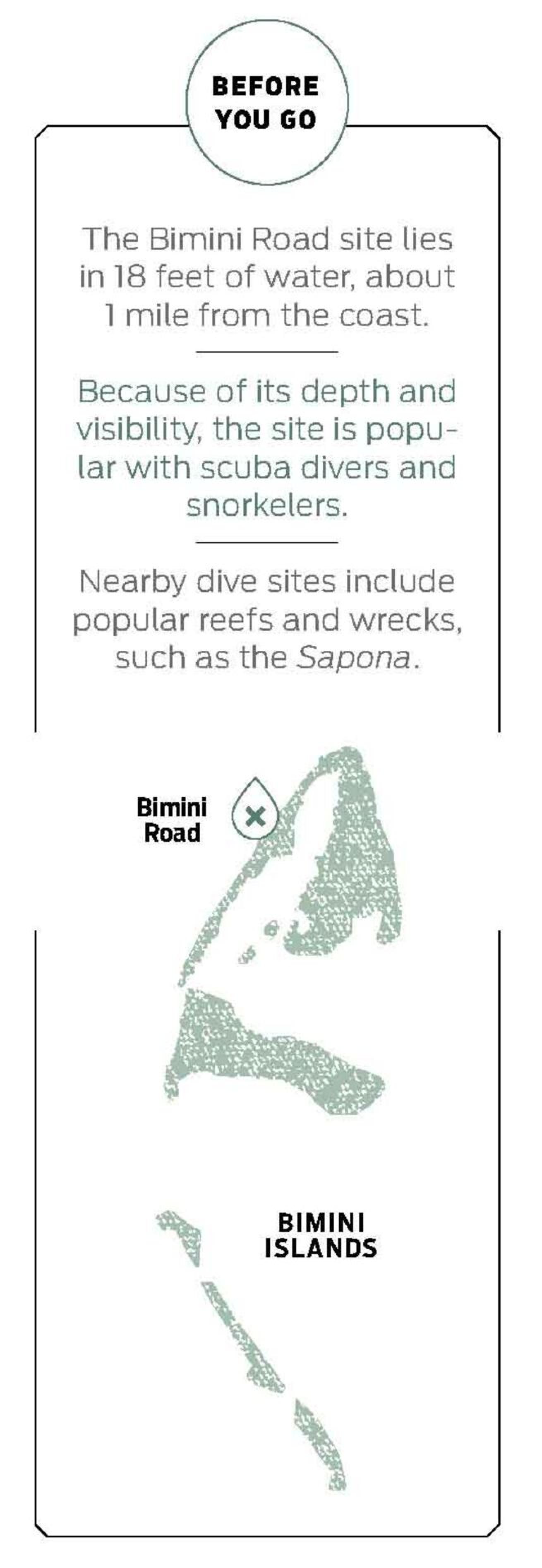
Sport Diver Editors
The mystery of Atlantis has not disappeared into the mists of time. Indeed, ever since Plato spoke of it in his volume Timaeus, it has become a model of the ideal civilization. According to Plato, Atlantis existed 9,000 years earlier, was a highly evolved society and a major trading center, and after being shaken by earthquakes and floods, disappeared into the depths of the sea. There are more questions than answers. Was it an island or a continent? One theory suggests Atlantis was located west of the Pillars of Hercules (Heracles) — the Strait of Gibraltar — stretching across the Atlantic to the North American continent, and may well be the source of the name of the ocean.
Today, the location of Atlantis and its existence are matters of conjecture. Was Plato’s account allegorical or factual? But there are more tantalizing clues. Beyond Bimini, remnants of ancient structures have also been reported underwater in a variety of locations. Seven miles north of Andros lies a small chain of uninhabited islands, Joulter Cays. This is the site of a large wall resting in very shallow water, constructed of interlocking limestone blocks. Similar structures have been reported off the coast of Cuba. There are simply too many reports of mysterious locations for them to be easily dismissed.
Groups of true believers, sometimes called Atlantean spiritualists, frequently visit the area surrounding Bimini Road, searching for energy vortexes that they believe to be direct channels to the source of Atlantis. Some dive or snorkel Bimini Road, also known as the Road to Atlantis, while others stay on the boat absorbing the energy or communing with the spirits.
I must be a less sensitive individual, as these forces have never revealed themselves to me. My experiences have been limited to diving the road and observing the marine life. While it is rather sparse compared to many of the reefs of Bimini, it does have its hidden treasures. Fish sheltering in the nooks and crannies of the blocks, gorgonians and sea fans, nudibranchs, lobsters and other crustaceans are there to be found for the diver with an observant eye.
An added plus are the pods of spotted dolphins that dependably frequent the area. Inquisitive, gregarious and playful, they add an extraordinary dimension to the experience. If the Atlantis theory is true, who knows. Many of the true believers think these dolphins may well be transmigrated spirits of the original inhabitants of Atlantis. To me, even if they are not reincarnated Atlanteans, their communication, subtle interactions and intelligence certainly exhibit the behavior of yet another highly evolved civilization.
Bimini Road, the Road to Atlantis: Is it a true remnant of the lost continent of Atlantis or simply beach rock? Is it man-made or a natural formation? The final conclusion? Ultimately, there is only one way for you to tell. Go to Bimini, dive it and make up your mind for yourself.



